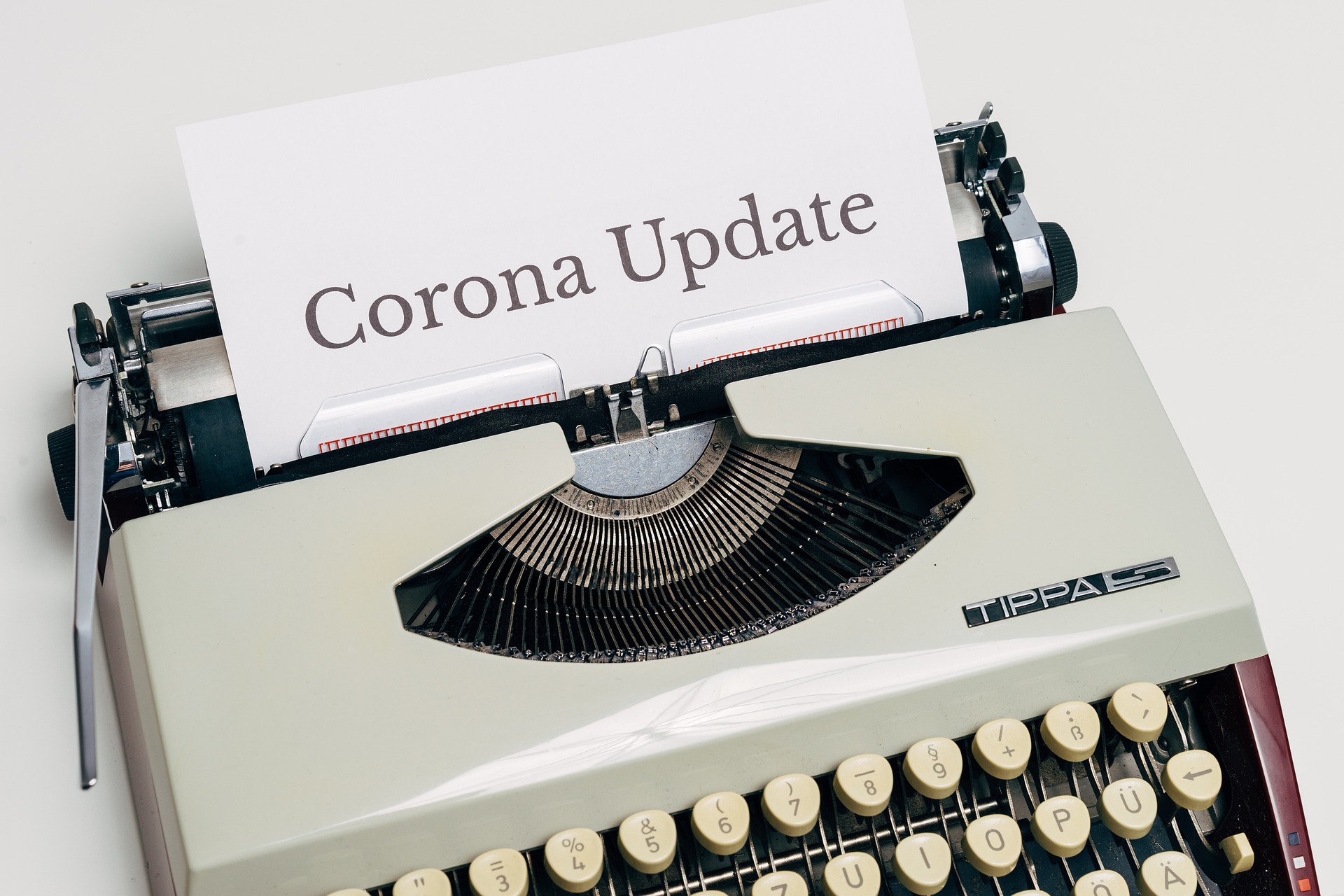In this blog post, we discuss major changes in the April 2023 Visa Bulletin for both family-sponsored and employment-based categories.
To help you prepare for your upcoming immigrant visa or green card filing, we share what you can expect to see in the employment based and family preference categories for the month of April.
Before we dive in, here are some of the highlights:
- For employment-based preference adjustment of status filings, USCIS will use the Final Action Dates chart, putting applicants at a disadvantage given that the Dates for Filing chart has been more flexible
- EB-1A India and China maintains a Final Action cutoff date of February 1, 2022
- EB-2 Worldwide Final Action date will retrogress to July 1, 2022 (4 months)
- EB-2 India Final Action date will retrogress to January 1, 2011 (8 months)
- EB-2 China Final Action date will remain at June 8, 2019
- The F-2A category Final Action date (spouses and unmarried children under age 21 of U.S. green card holders) is no longer current for the first time in several years.
What is the Visa Bulletin?
The Department of State releases the visa bulletin on a monthly basis, which summarizes the availability of immigrant visa numbers for that particular month in the employment and family preference categories.
To be eligible to file an employment-based adjustment of status application in April 2023, foreign nationals must have priority dates that are earlier than the Final Action Dates chart of the Department of State’s April Visa Bulletin.
Family-sponsored applicants currently residing in the United States, may file for adjustment of status once their priority dates become current, following the Dates for Filing chart according to the adjustment of status filing guidance published by the U.S. Citizenship and Immigration Services (USCIS).
 Visa Lawyer Blog
Visa Lawyer Blog











